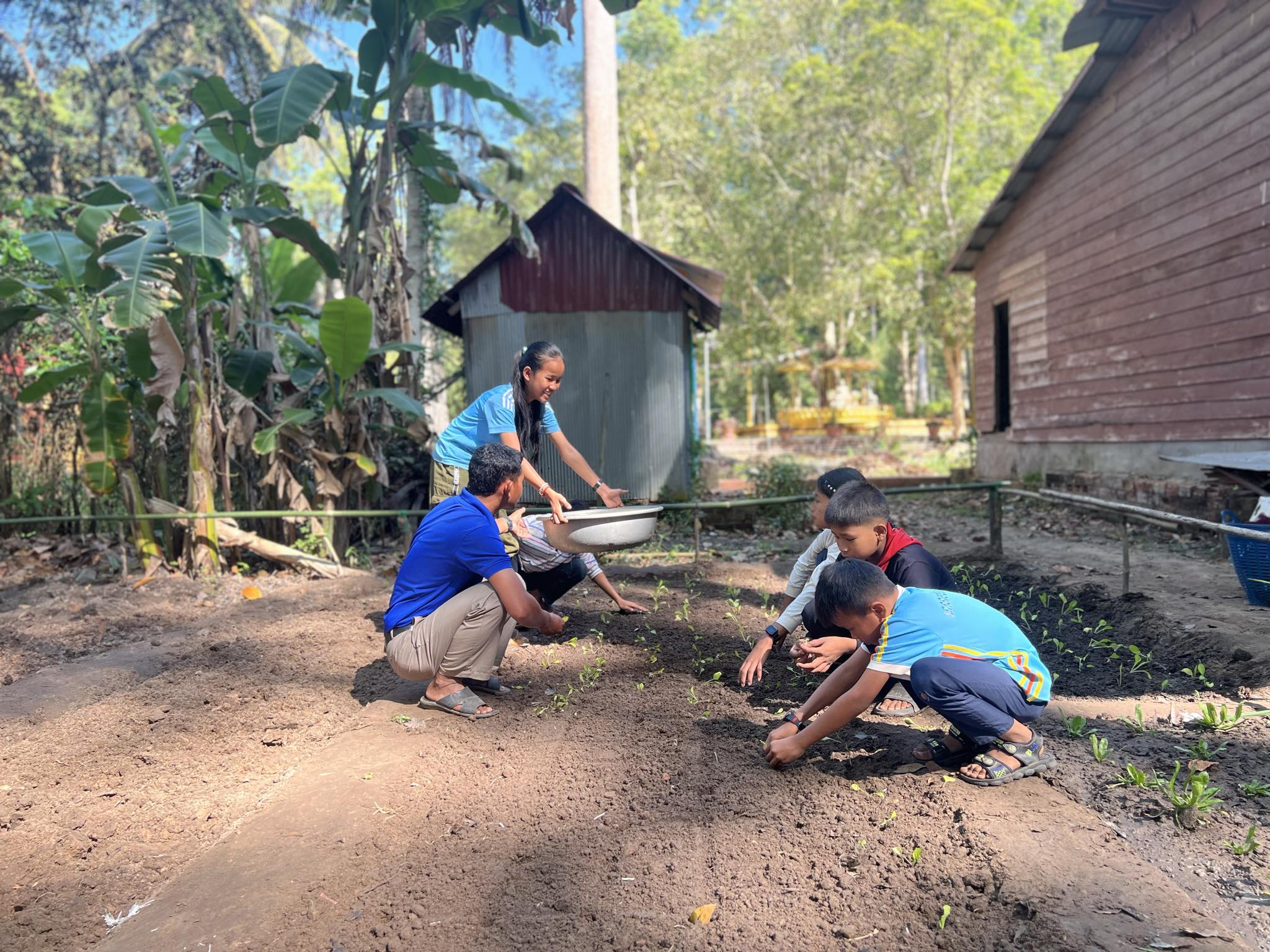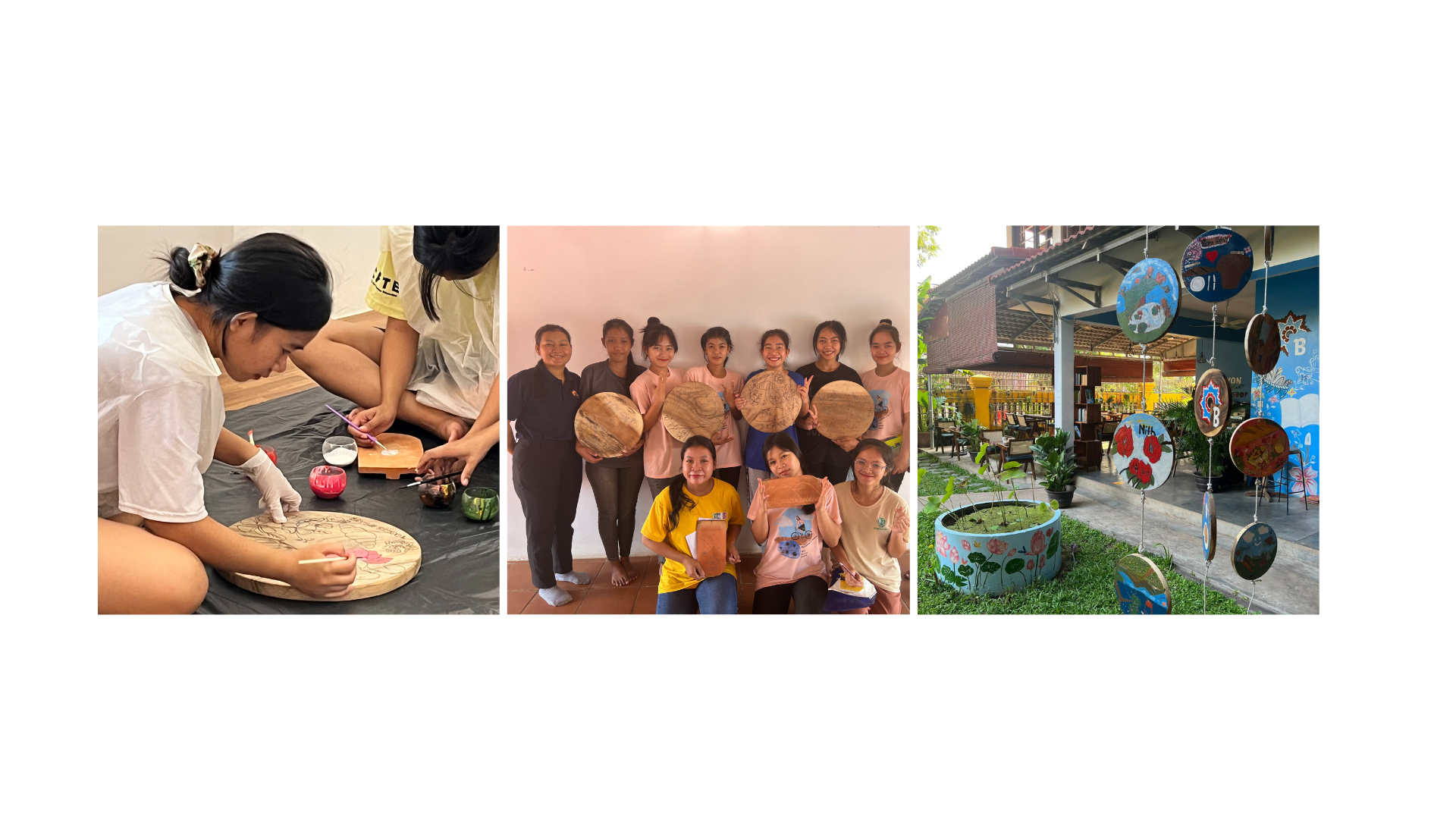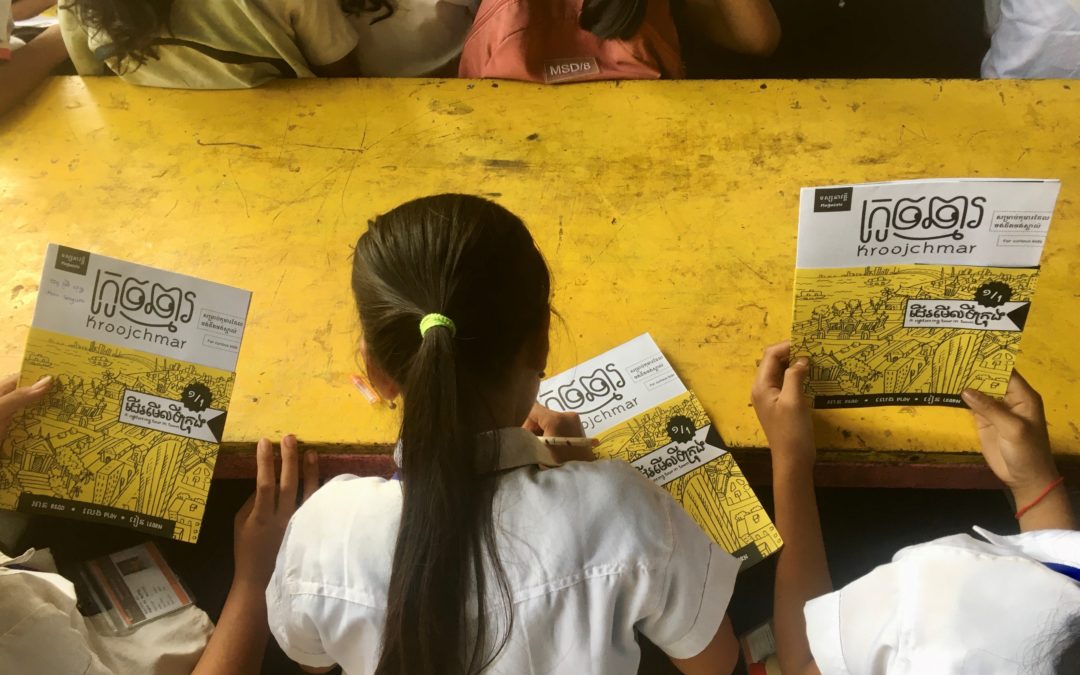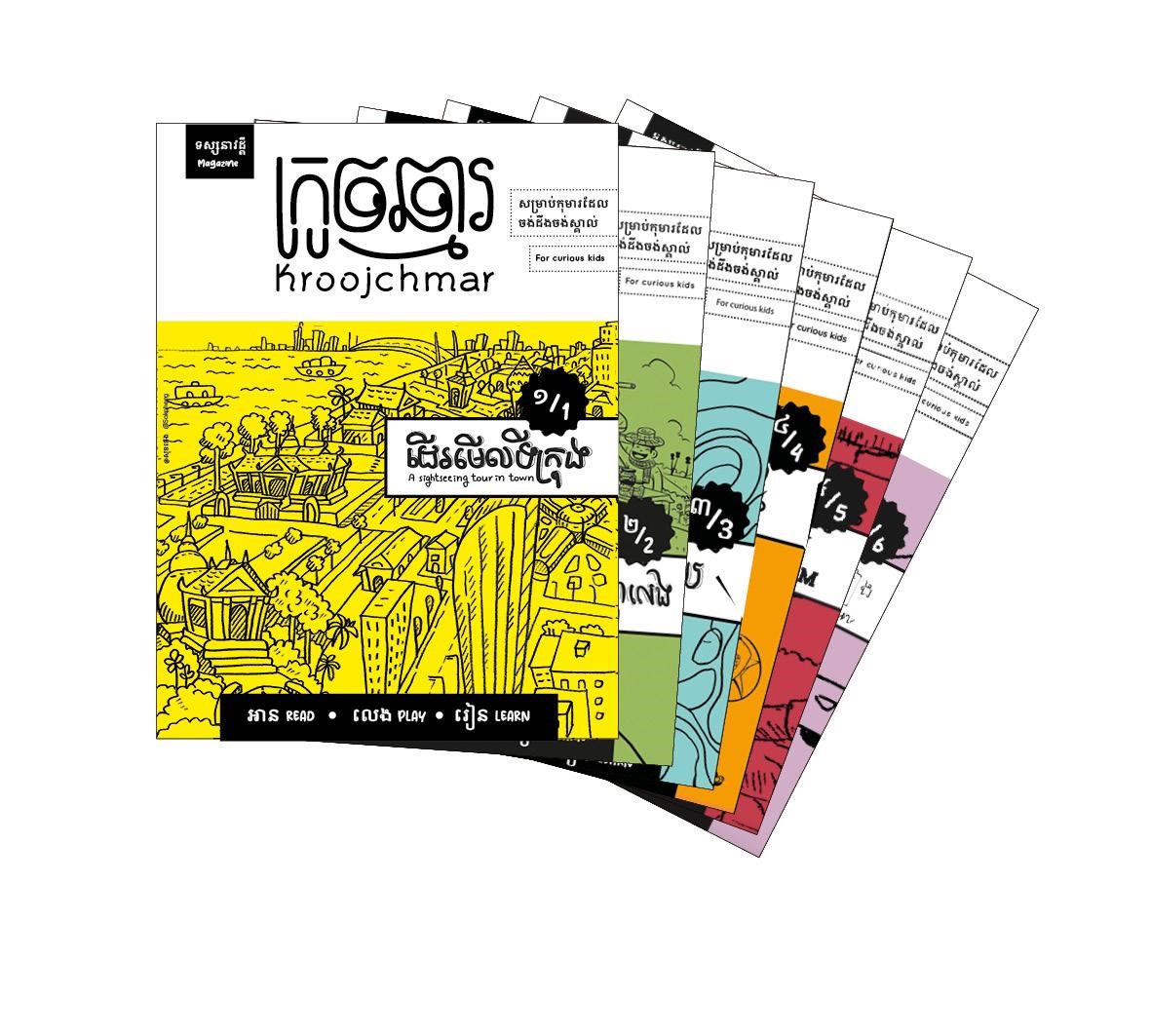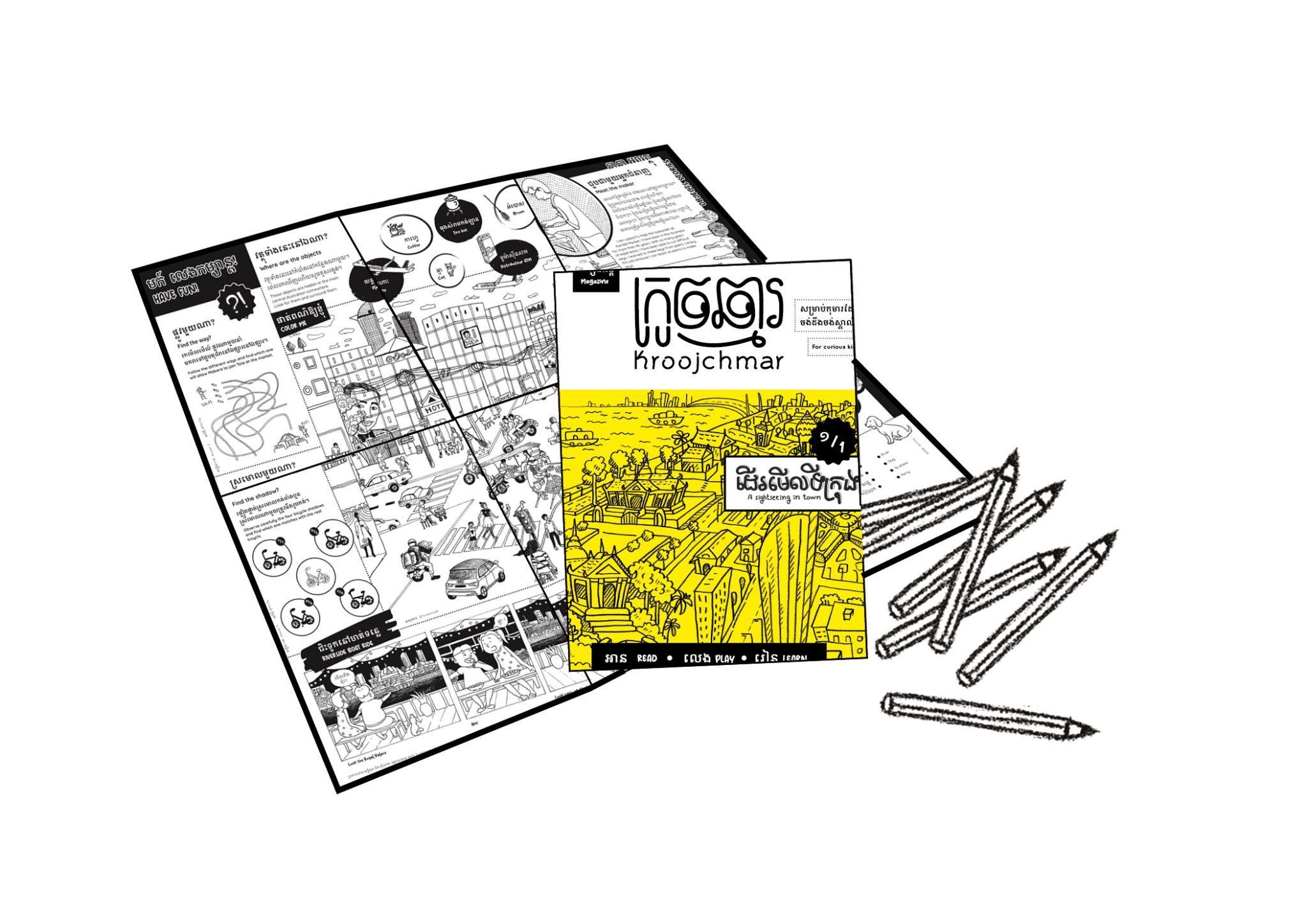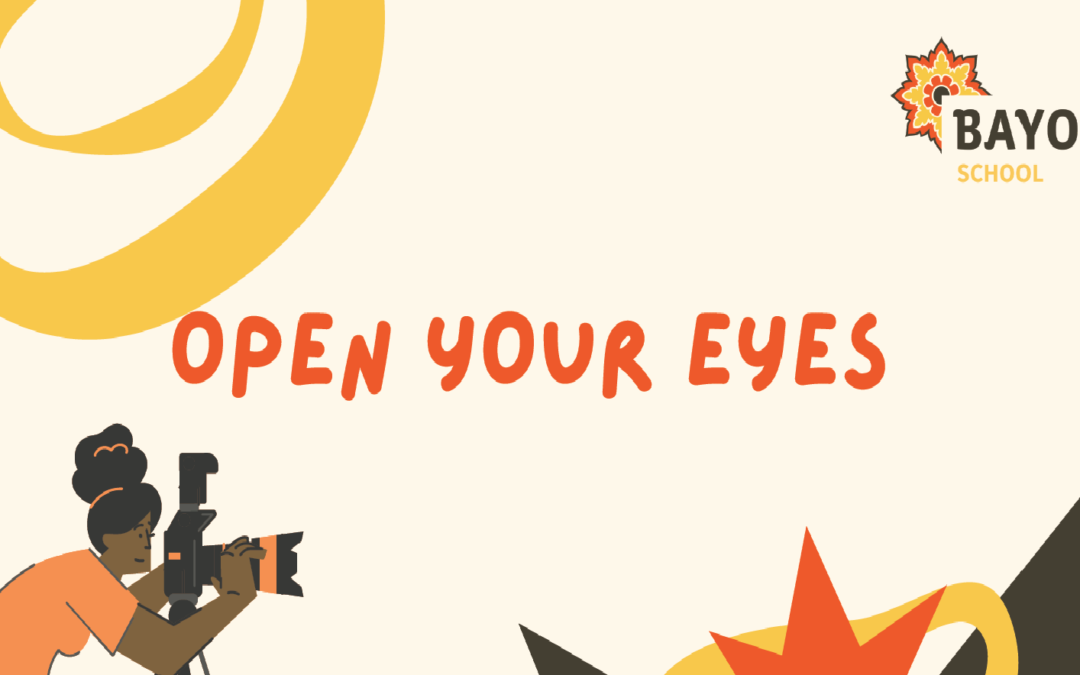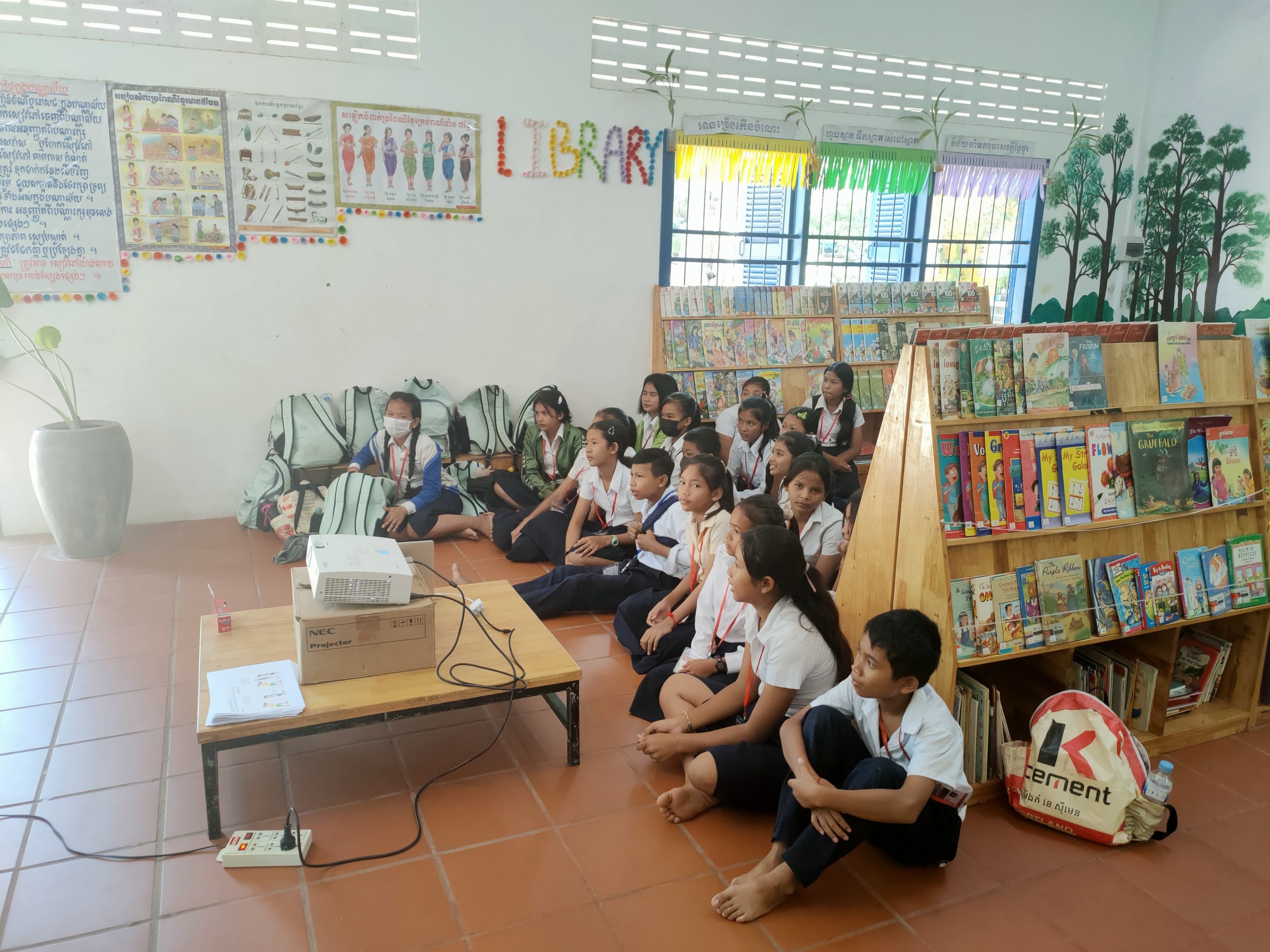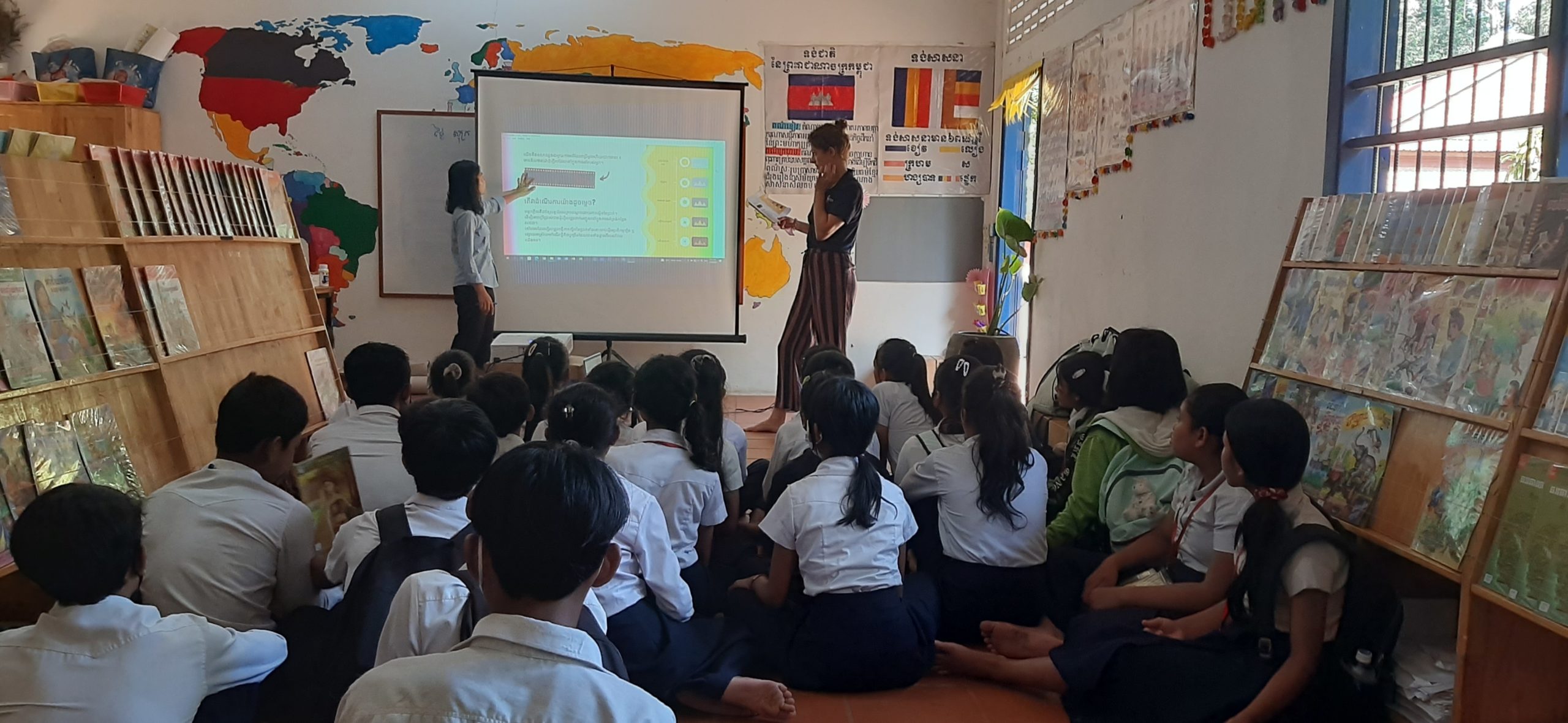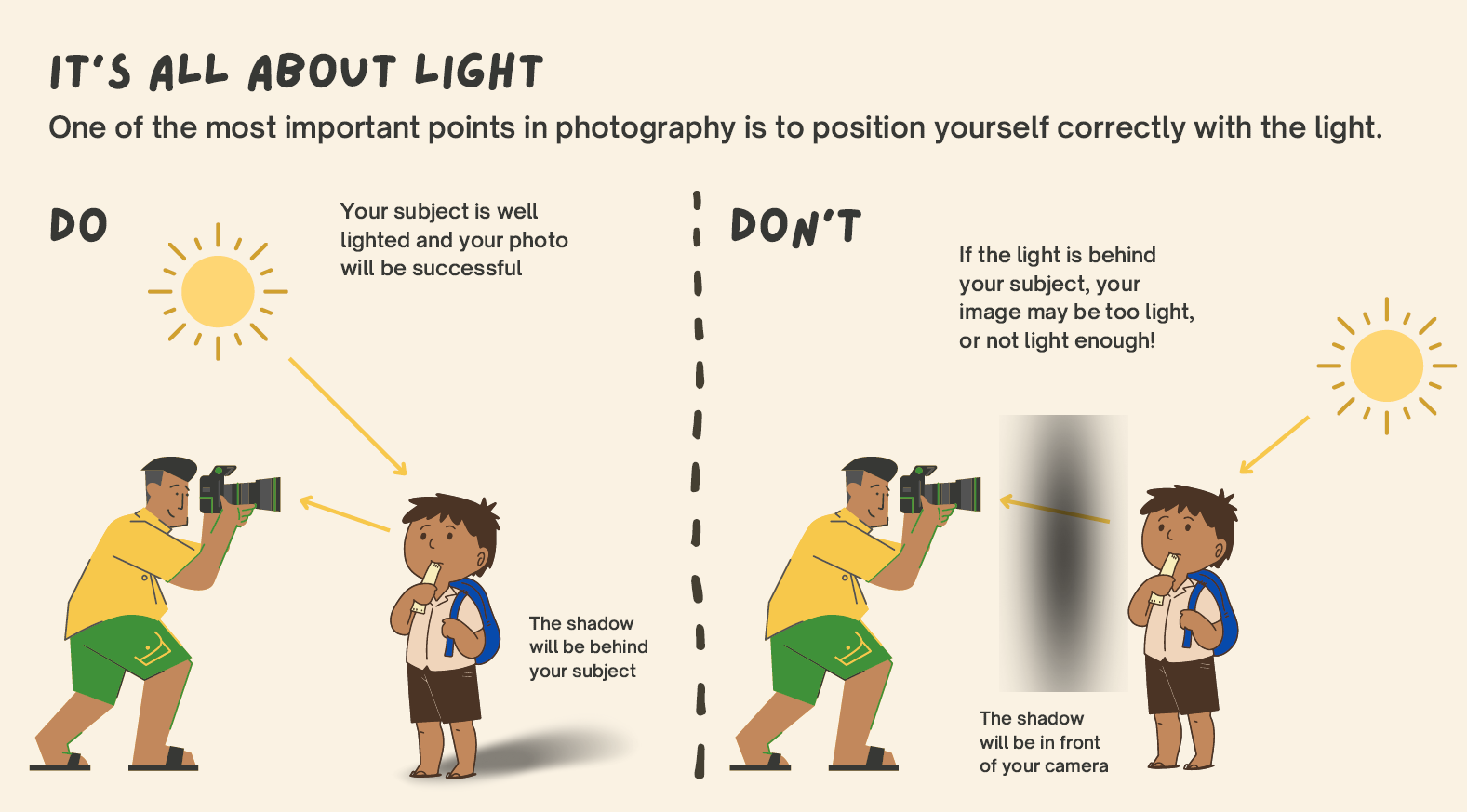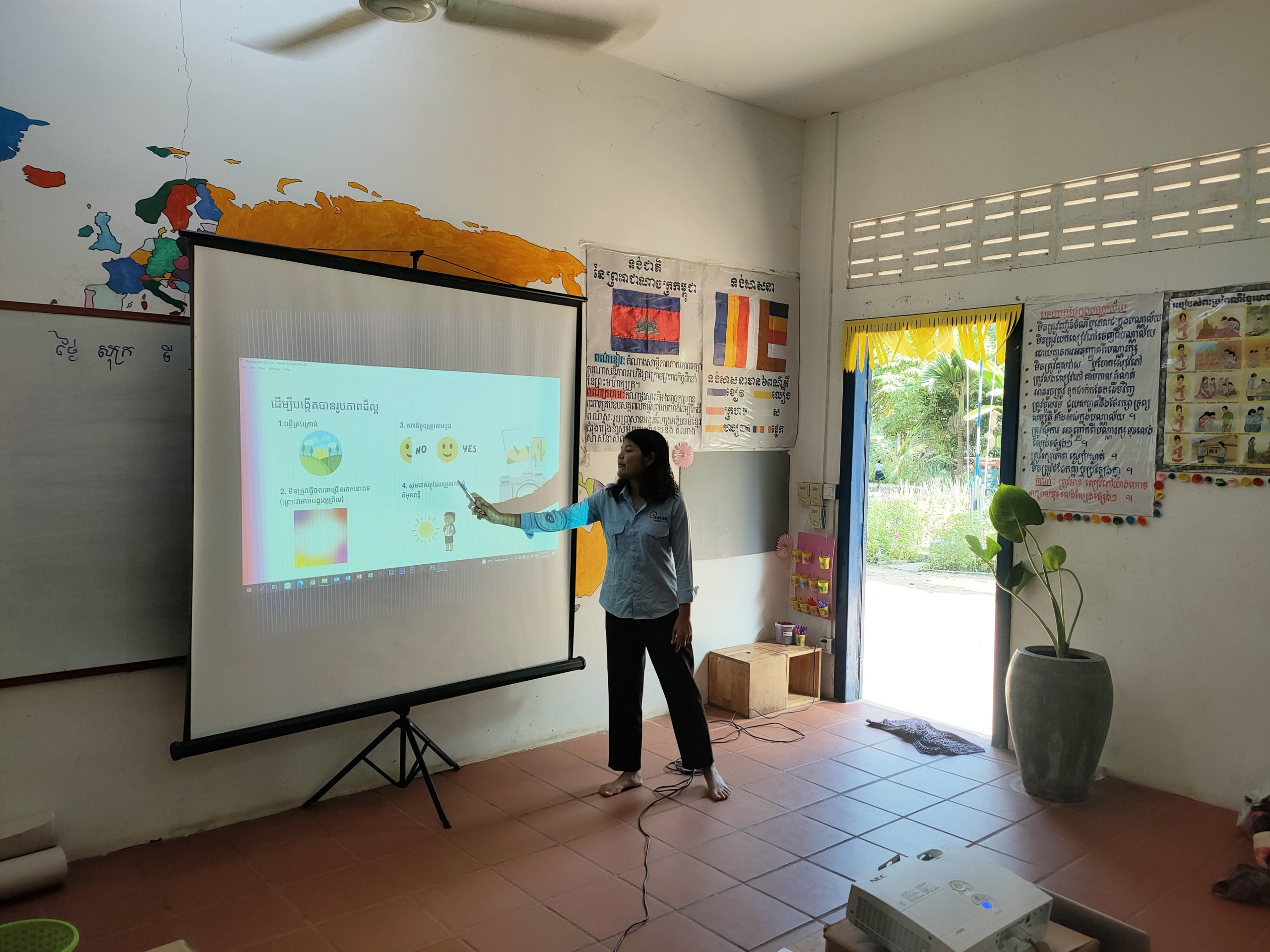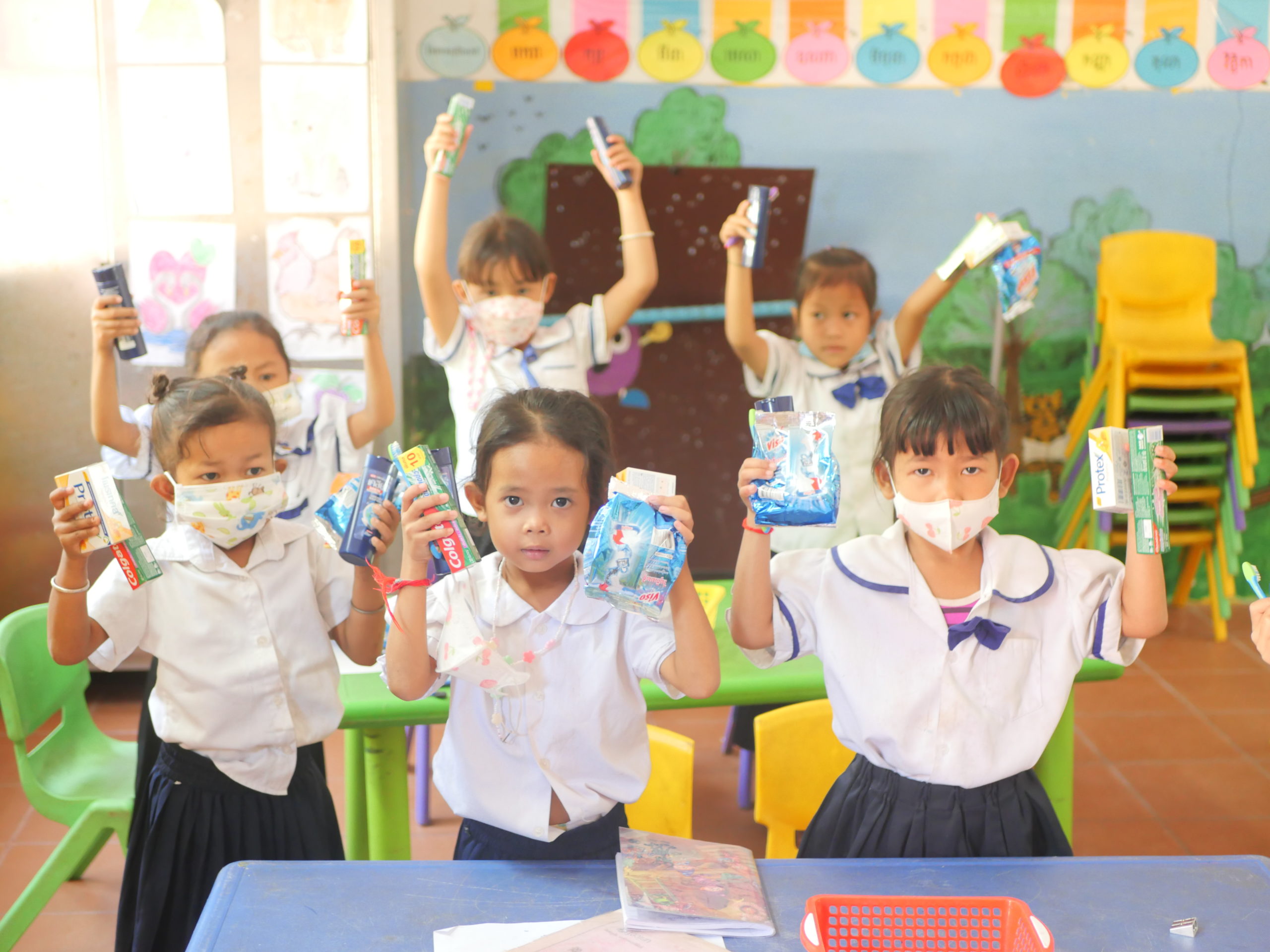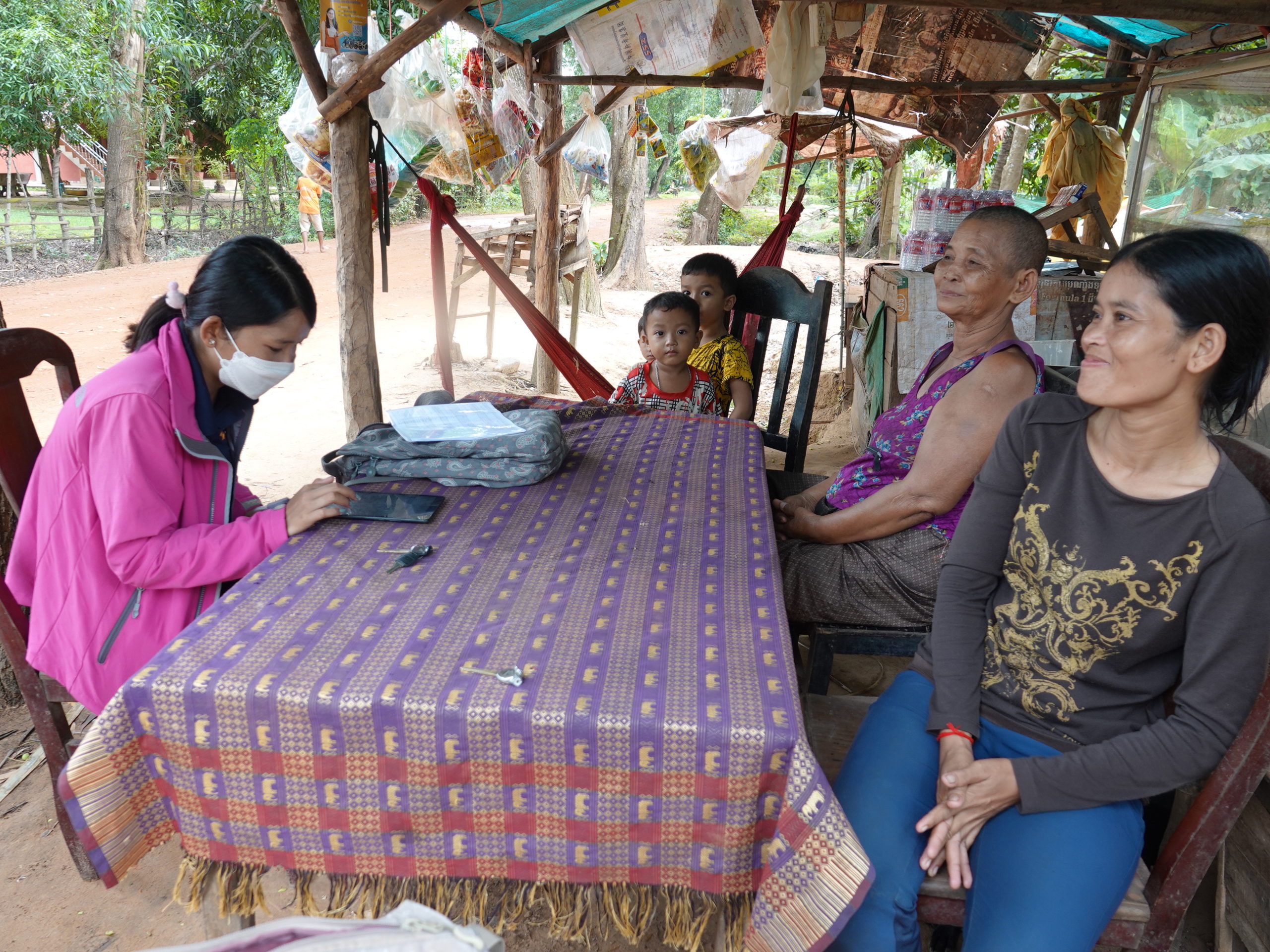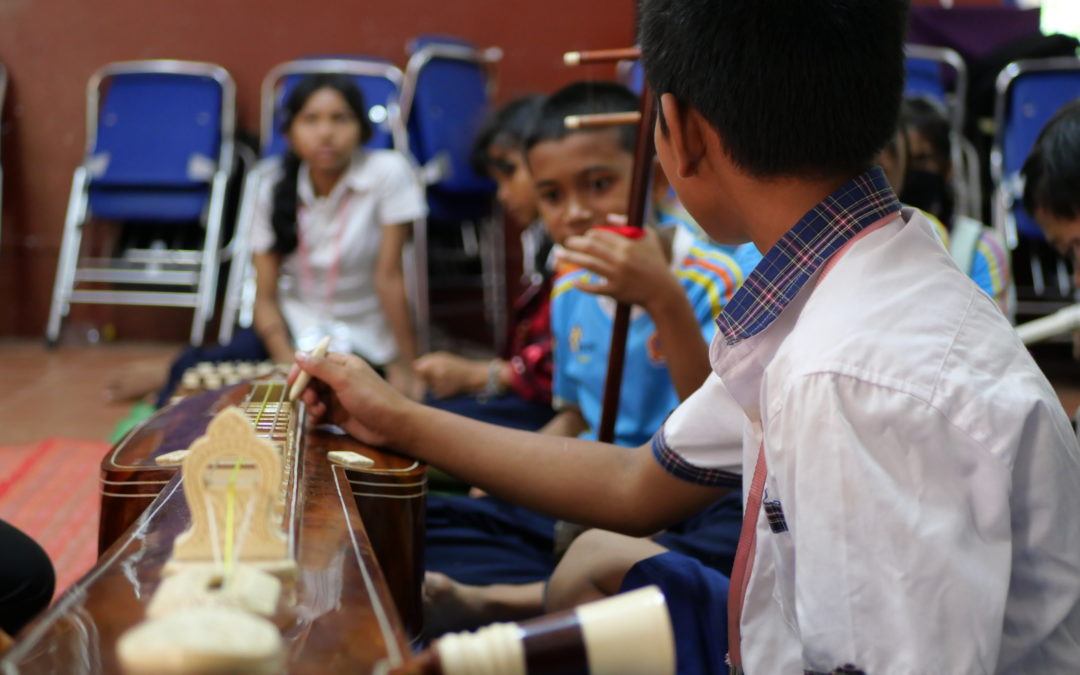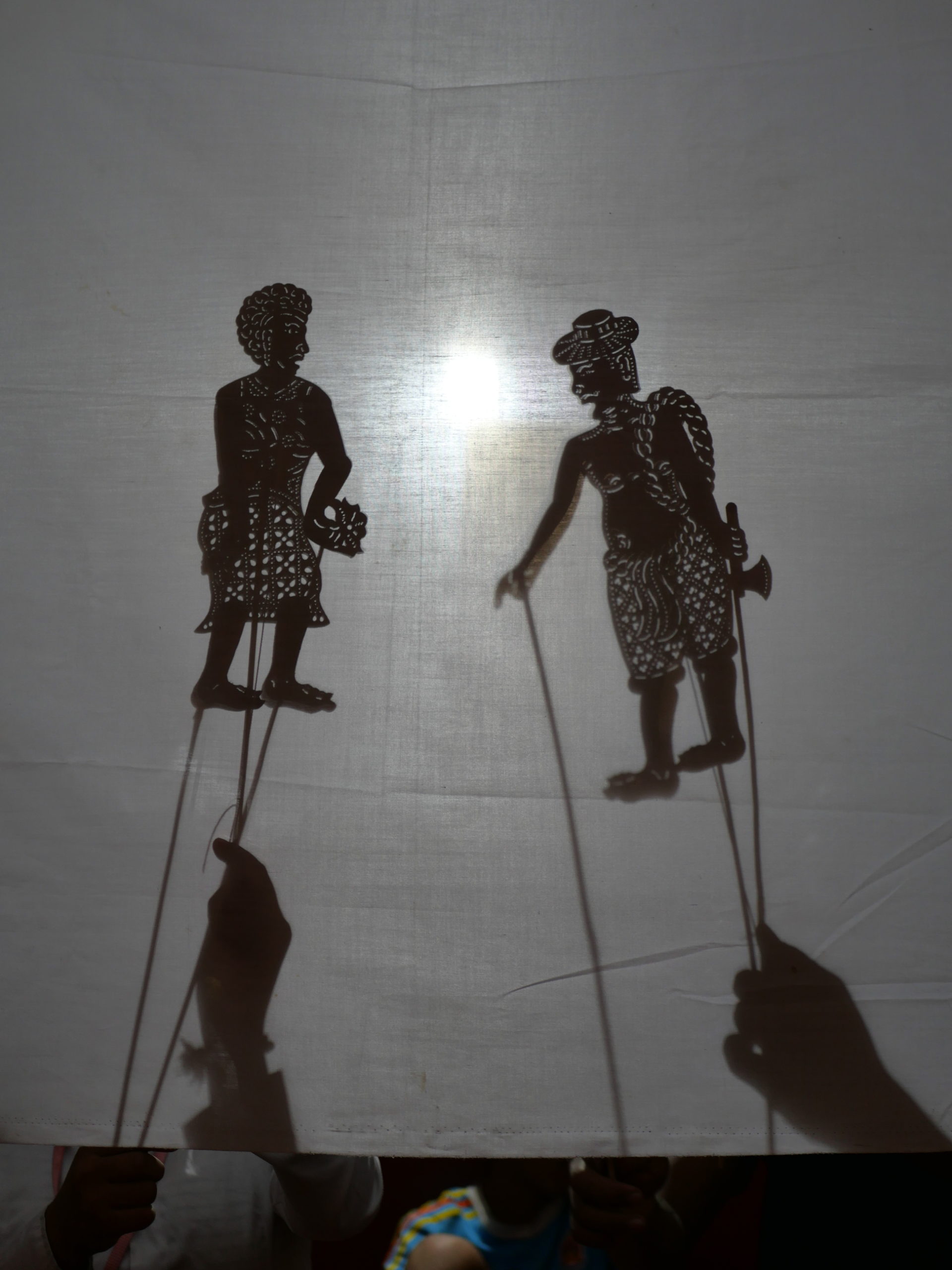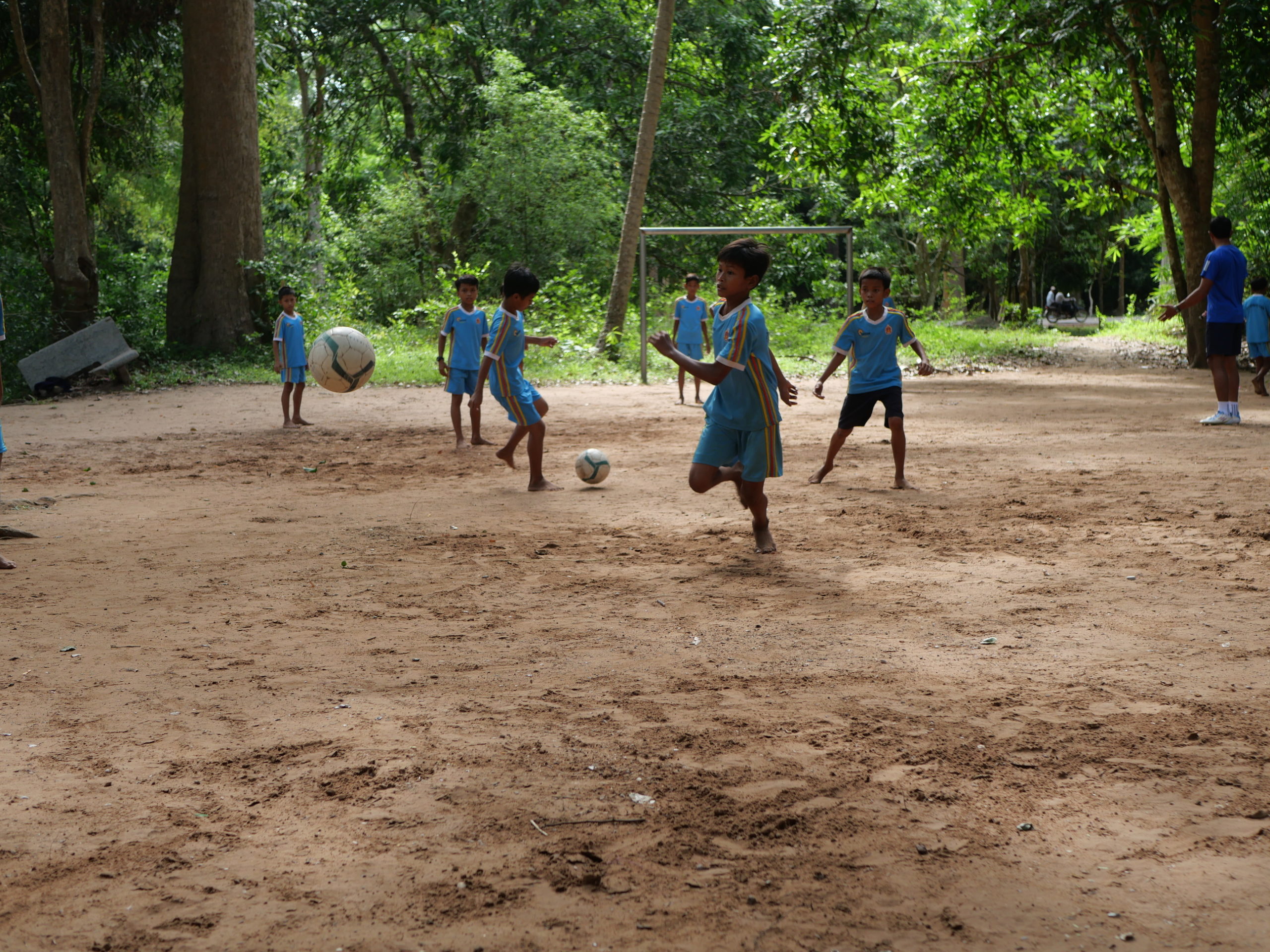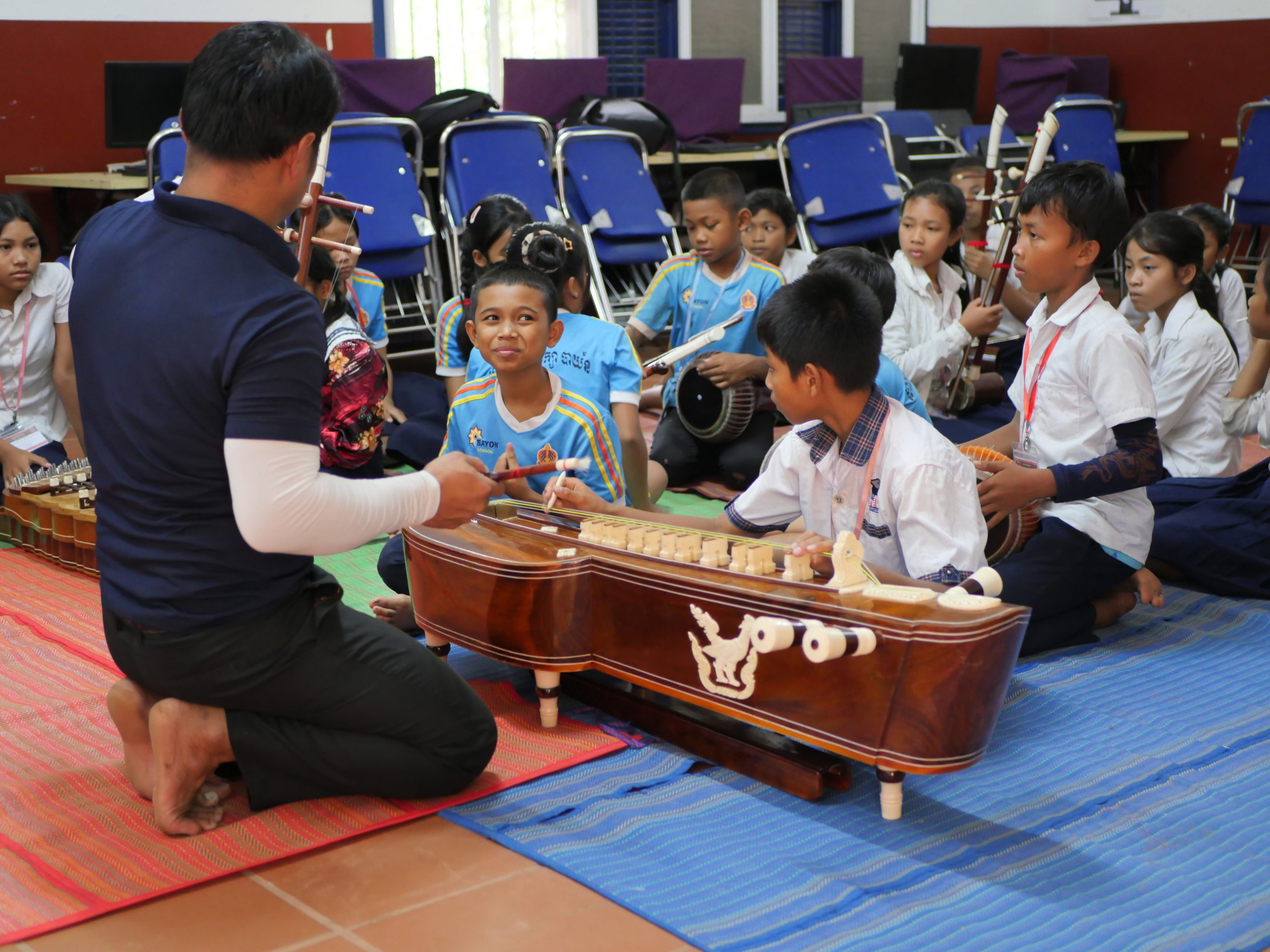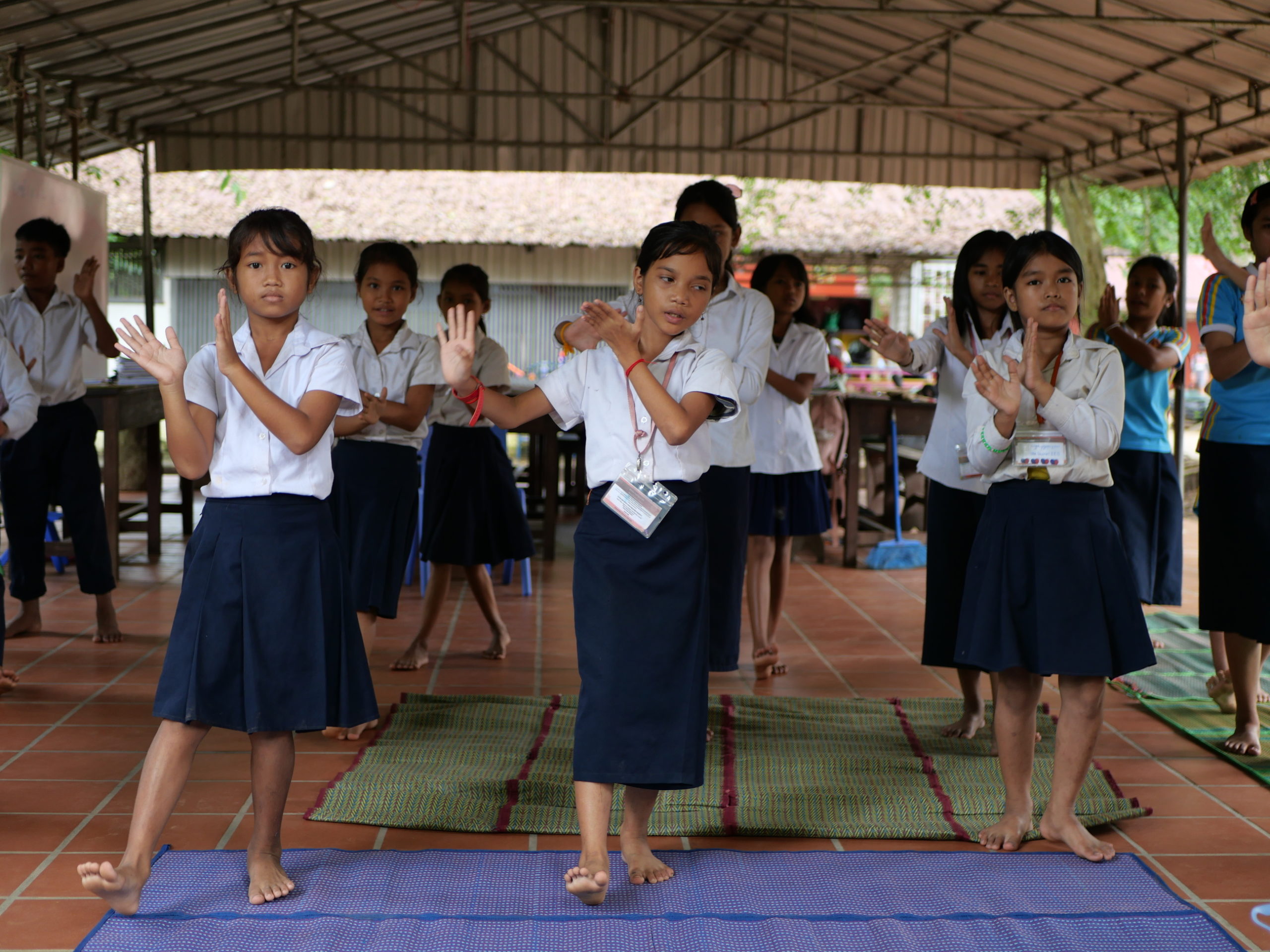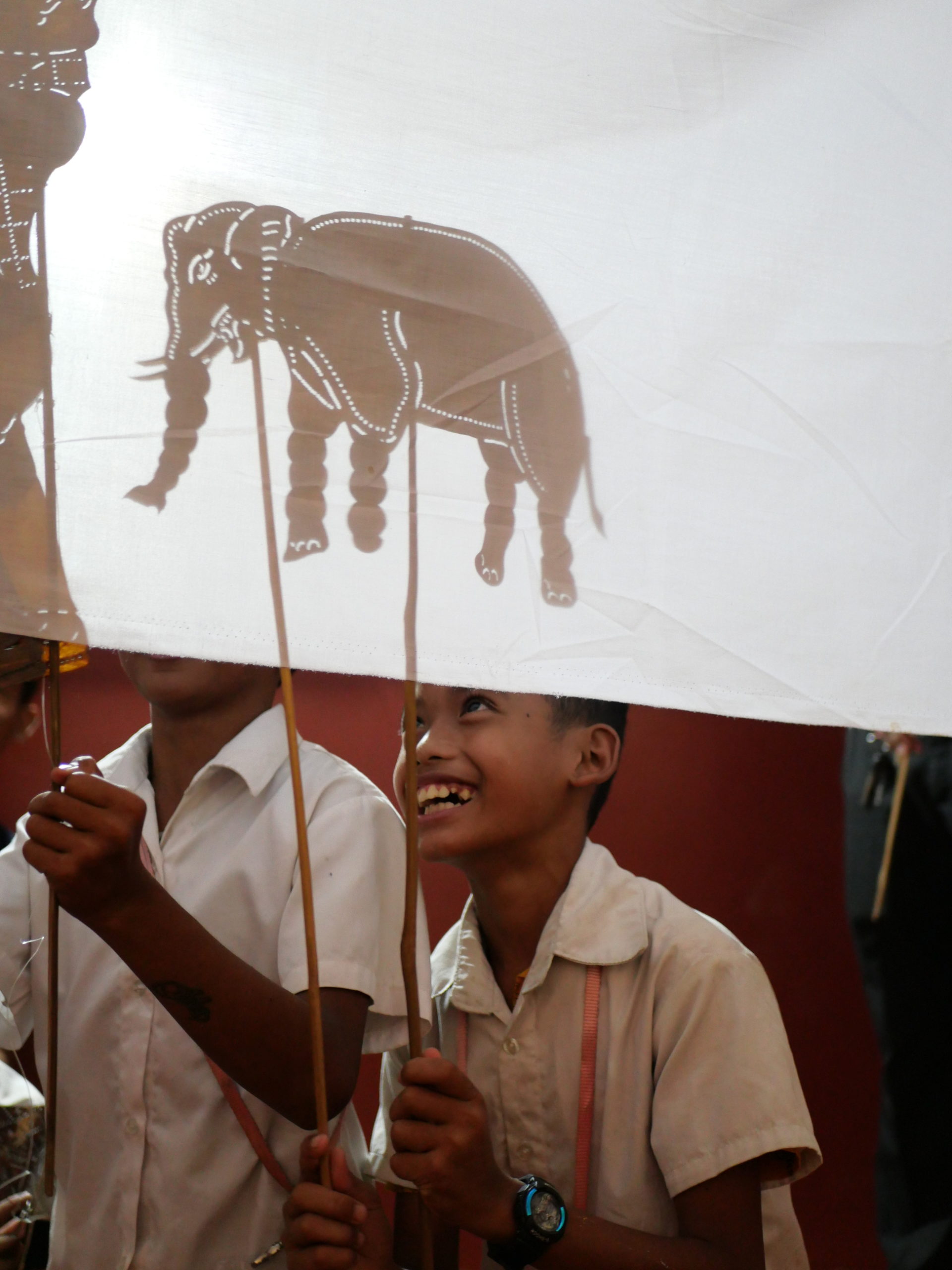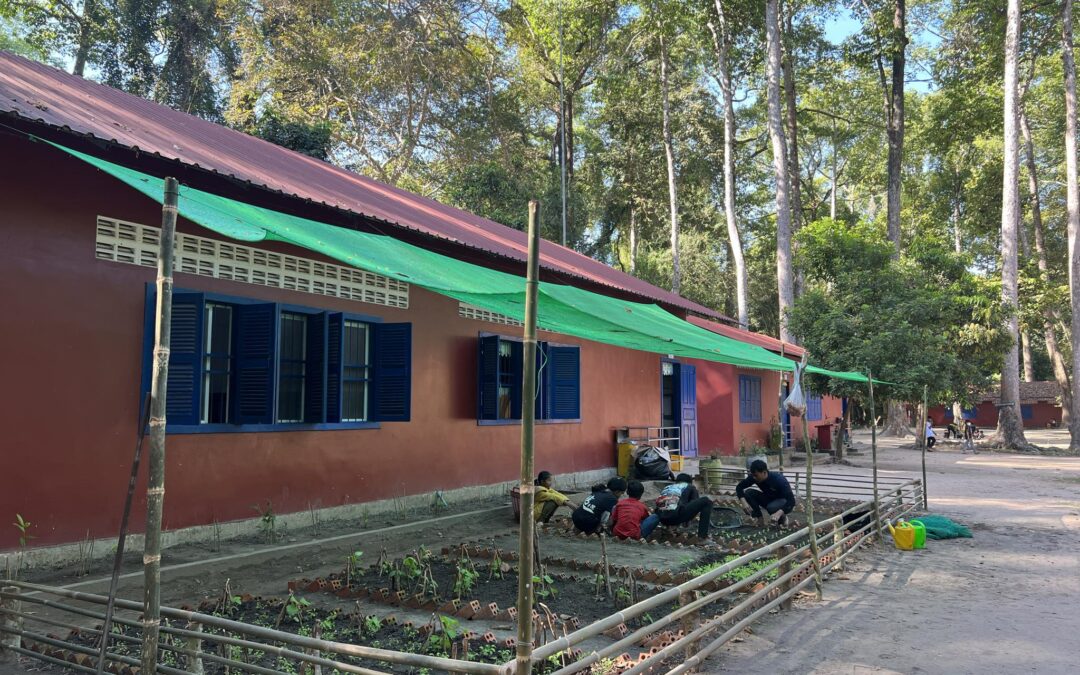
Creation of a practical garden at primary school
In recent months at the primary school, a project to create educational, fun and ecological vegetable gardens has emerged in co-creation with teachers from the agroecology school.
This project aims to raise students’ awareness of ecology and the environment, while introducing them in a fun way to simple market gardening practices. Through these gardens and vegetable patches that children draw and design accompanied by their teachers, they can experiment, learn and express themselves at the same time.
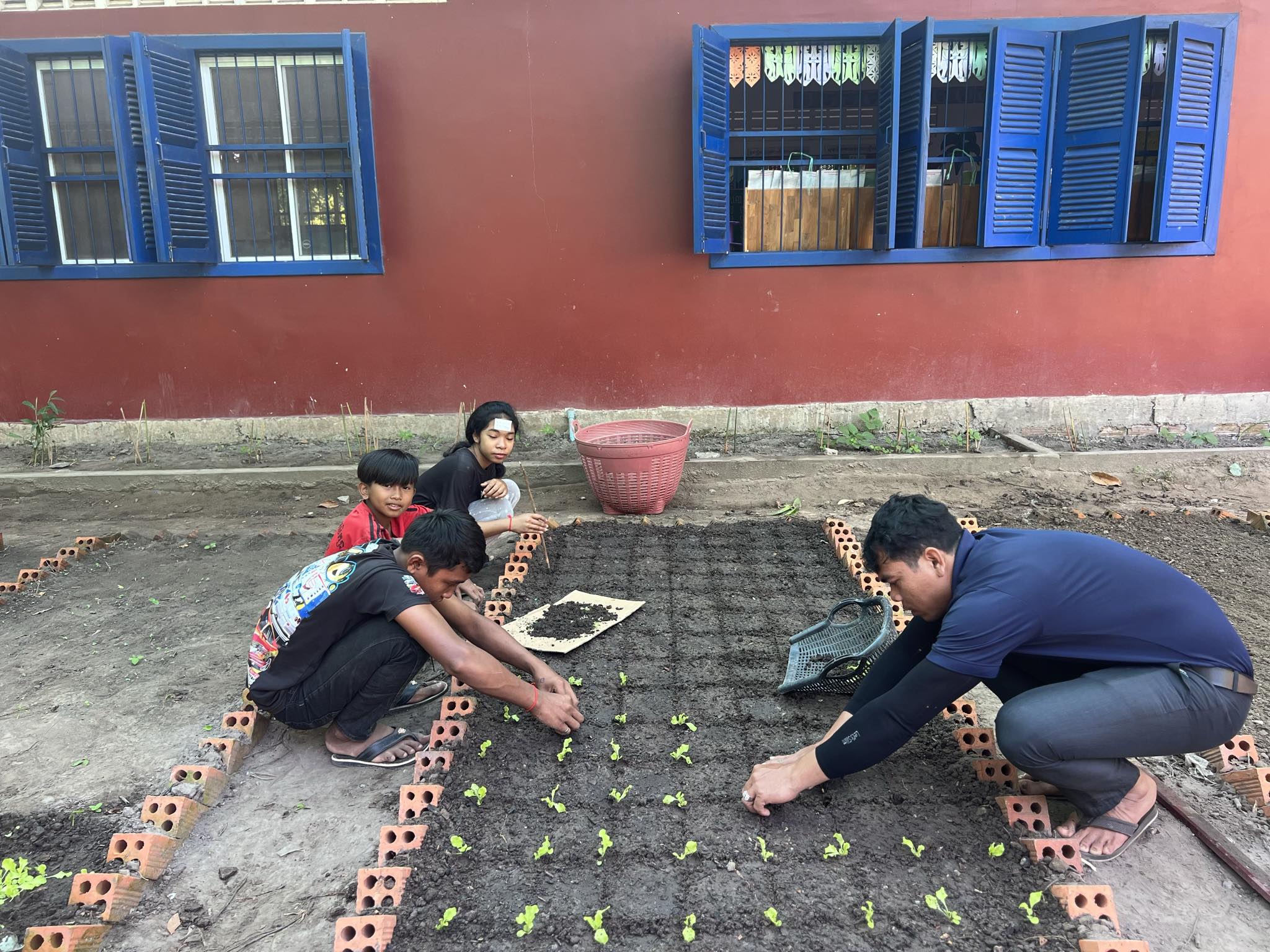
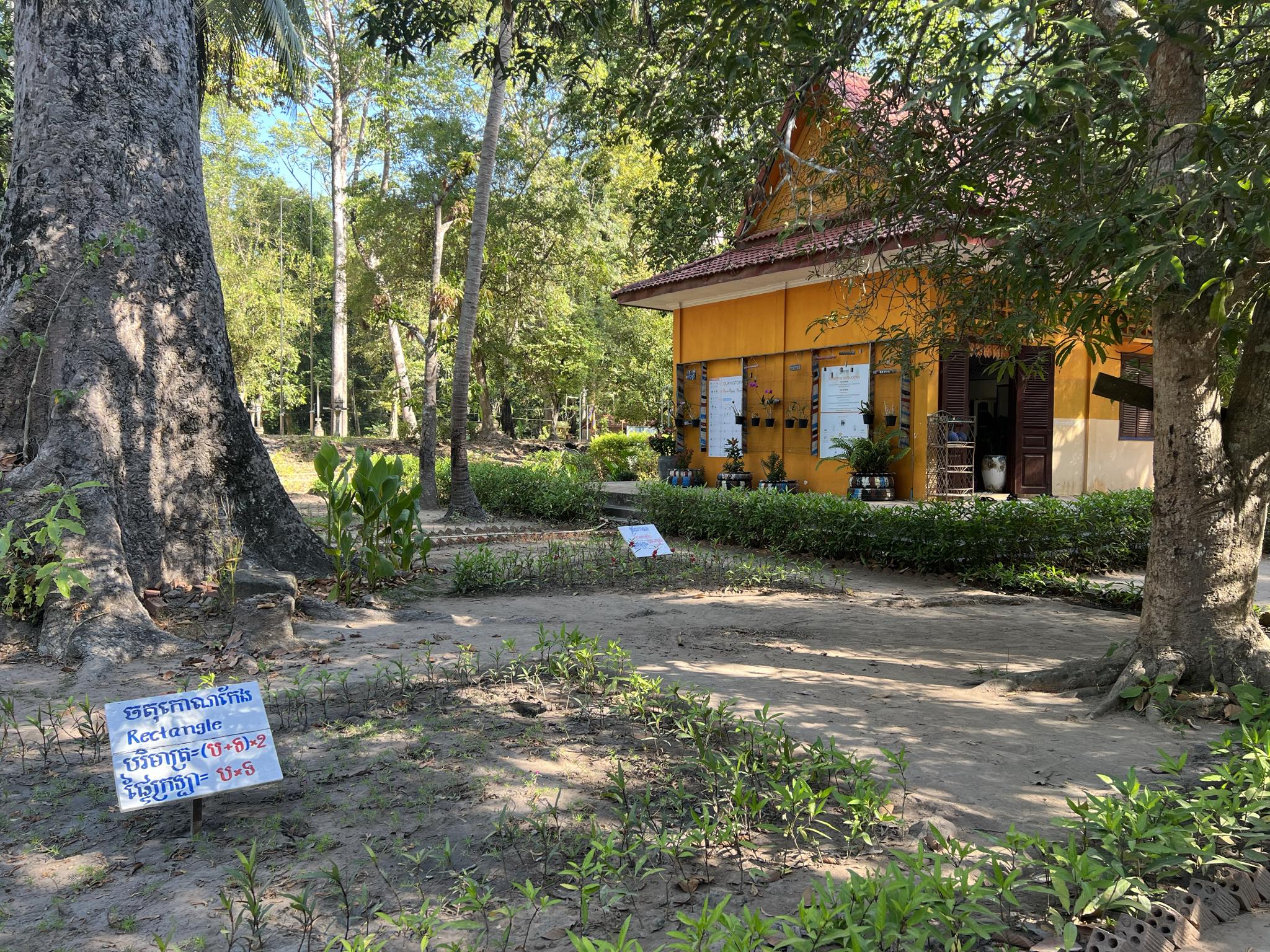
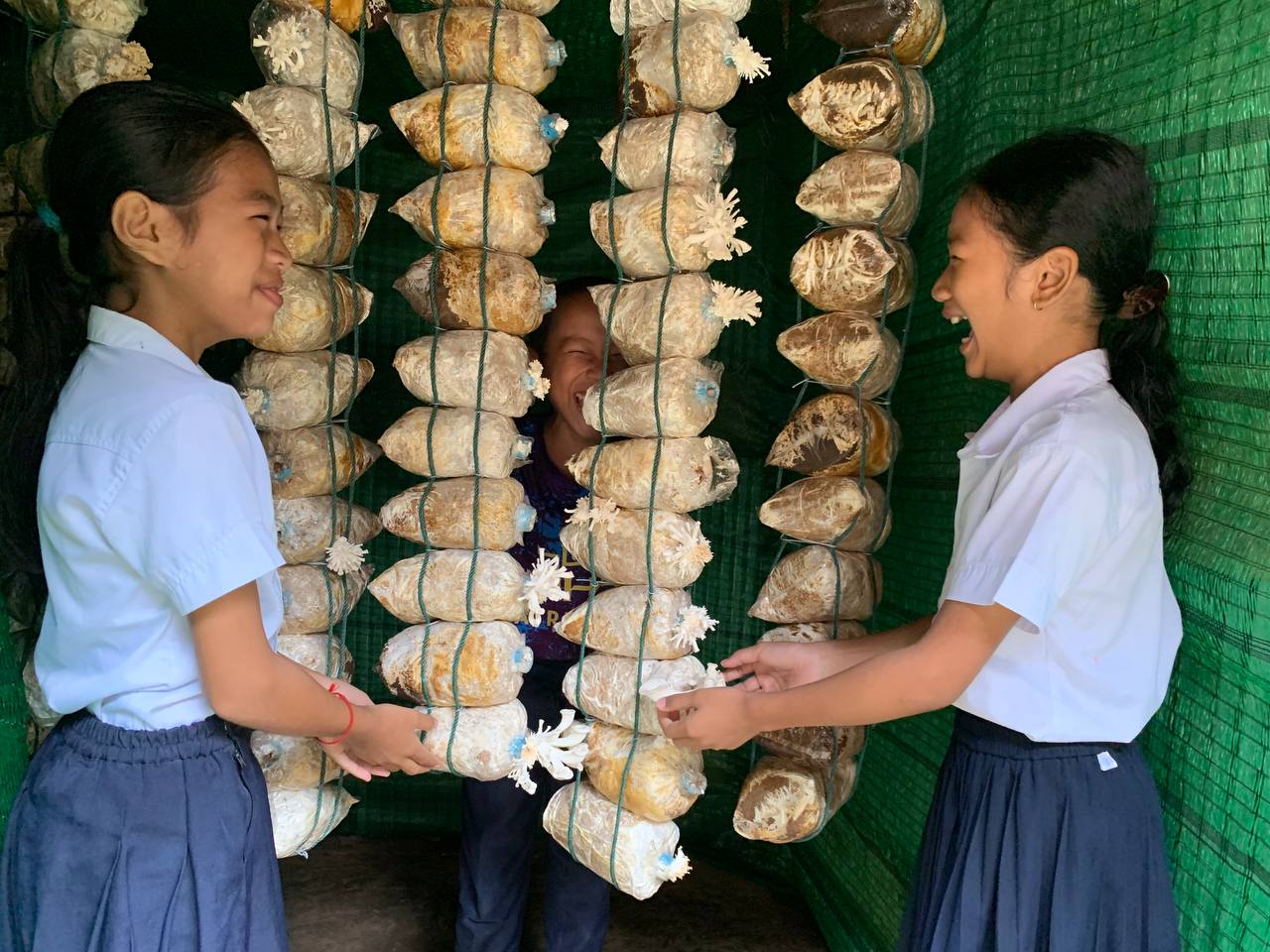
Some educational spaces are designed geometrically and are accompanied by small signs giving the names of shapes in English and Khmer. Learning combines geometry, gardening and language learning, all in a fun way.
These vegetable gardens also aim to supply part of the canteen’s needs. The children therefore find on their plates the vegetables that they have planted, seen growing and harvested. The soups are composed of eggplants, beans, salads, rice, aromatic herbs and a mushroom greenhouse, enough to offer healthy and balanced meals during meals.

